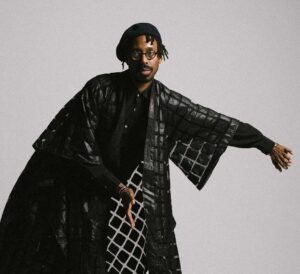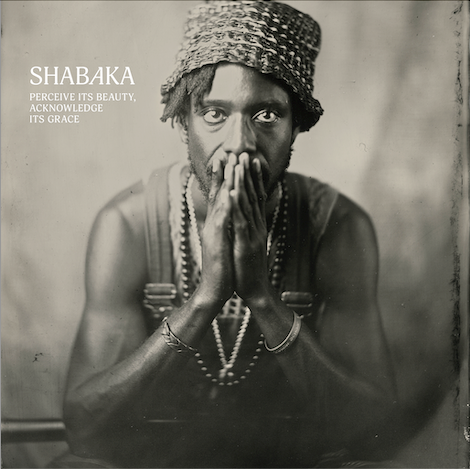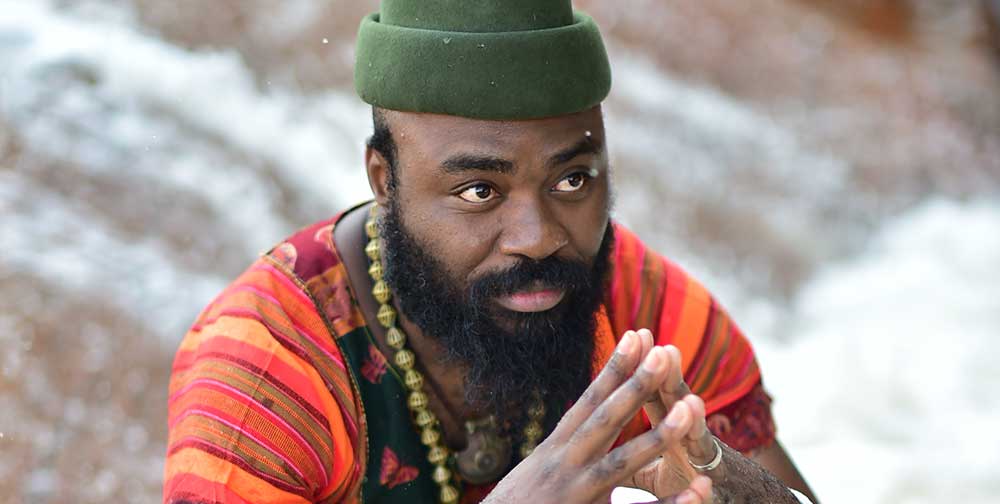A year on from the release of his much-lauded Impulse! solo album “Perceive Its Beauty, Acknowledge Its Grace”, Shabaka Hutchings – these days simply going by Shabaka – is well-established in a new era of his career. For the outside world, his headlong dive into playing flutes from around the globe, while putting aside the saxophone, came as somewhat of a surprise. But he is nothing if not a restless innovator, always on the lookout for ways to challenge himself and further develop his practice as a musician – and as it turns out more crucially as a producer.
He was for years primarily associated in the mind of the public with the tenor sax or “the big metal horn” as he has called it. He achieved widespread acclaim for his breathtaking playing with Sons of Kemet, The Comet Is Coming and Shabaka And The Ancestors. His transition to flutes and his study of their techniques has clearly been a profound experience for him – but it isn’t the defining factor in how he sees his artistry right now.
“At the moment, I see myself as a producer who has a consistent flute-like practice” he says, speaking after recent touring commitments in Australia and the USA concluded. He expands: “it’s about making instrumental acoustic music, but then there’s another side of me that wants to go, can I find the most potent moment within this? What’s the best realisation of that moment?”
Shabaka lights up when discussing the almost alchemical process of finding those important moments. This involves taking what he calls a “music-first approach” and naturally finding the right collaborators to expand and develop the original vision, taking it where it needs to go.
Finding the best execution of a musical moment “might mean putting it into a computer, chopping it up and then playing the parts with a certain effect on it, or it might mean just presenting it in its pure form… For me as a producer, it’s about thinking about all the options.” Considering the greater whole and the over-arching impact of the work allows Shabaka to occupy the most fruitful place for him, trusting the process and following its own natural path. “The musician will create the music, but the producer will contextualize the sequencing of it and poeticise it.”
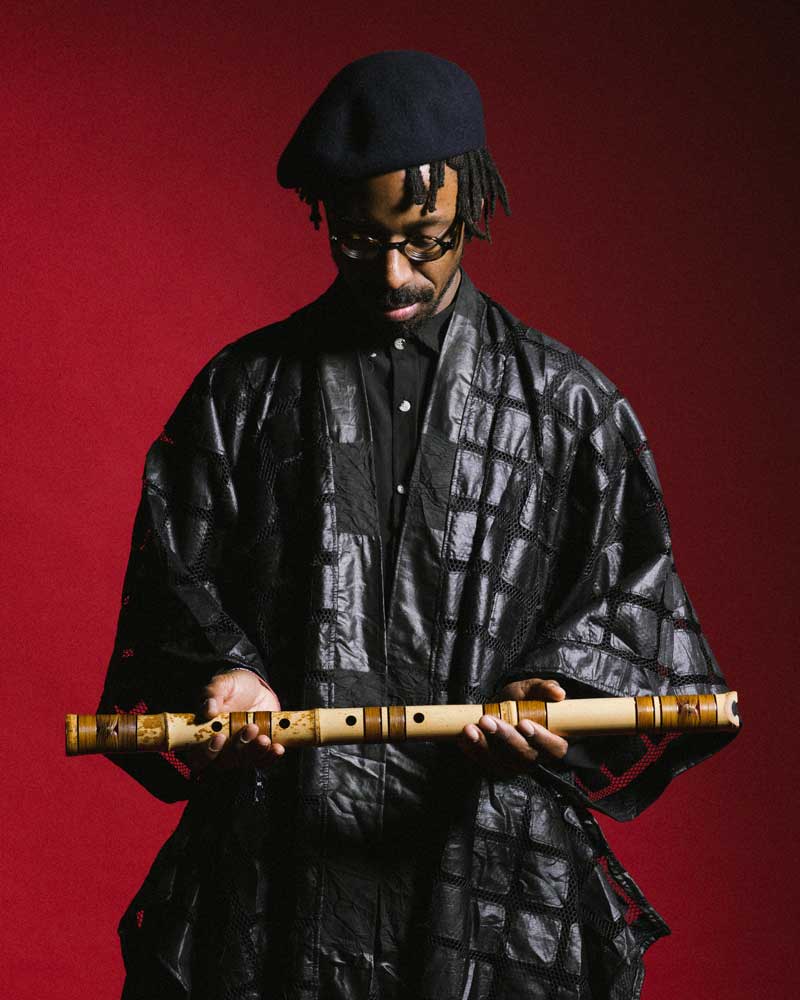
In 2025, his artistic decisions and his approach to his many projects spring naturally from this conception of himself as a producer who has a lifelong instrumental practice, rather than seeing himself primarily as a musician.
Alongside working on his own albums, he runs a record label called Native Rebel, where he collaborates in a production capacity with the artists on his roster. It’s clear that this side of his creative life is indivisible from his other projects. “It didn’t start from a position of wanting a label in the traditional sense. It was more about having a project to further my collaborations. It’s, again, about me working as a producer.”
Collaboration has always been at the heart of Shabaka’s work. The range of people he crosses over with are suitably diverse for an artist with such a varied output and broad set of influences. In line with his approach, a collaboration has to be natural and feel right. “With someone like [rapper and poet] Saul Williams, I wouldn’t necessarily ask him in abstract to be a collaborator on the album, but if I have a tune that I think would be suitable for him, I’ll send it to him and ask if he wants to play on it.”
While Shabaka’s pivot to playing an extraordinary array of flutes from the Japanese shakuhachi to the Indian bansuri may have felt to fans and casual observers like a sonic departure that came out of the left field, it was in fact a very natural and personal progression. To keep moving forward, he is committed to making the music that feels right at the time, documenting his own journey. Diving into flute-playing allowed Shabaka to immerse himself in the fundamentals of the instruments he was picking up.
“I come at it from an angle of trying to connect with specific instruments that I’ve come across. I travel so much, that those instruments happen to be from around the world, but I didn’t start from a point of aesthetics.” Each instrument provides its own challenges and opportunities, with careful practice and study helping reveal how they can fit into his musical vision. He focused on “finding ways to make each instrument resonate, to allow my fingers to be able to move freely and my ideas to be able to be articulated coherently.”
To understand his instruments – from how they resonate to the harmonic structure of the notes they produce, he has focused on playing long tones or “blowing raw” as he refers to it. This practice can involve playing a single note repeatedly for upwards of two to three hours. He was inspired by the soprano saxophonist Steve Lacy, who also took up the shakuhachi. “Even before I was really into the flutes, I was fascinated to understand what a bamboo flute player would teach a soprano saxophone player”, he says.
Lacy’s own exploration of playing long tones has in turn had a big impact on Shabaka. “What he says is that at the beginning it’s like you’re just doing the physical exercise for the first hour. For the second hour you get bored, and then if you break through that boredom, by the third hour you actually start to hear the harmonic structure of the note… It becomes more of a cosmic event.”
For Shabaka the producer, his musical development could go in multiple different directions, always guided by what feels right and creating the most impactful music he can make in the moment. As one of the most unique and visionary artists of his generation, he will continue to follow his “music-first” approach, wherever that may take him. The rest of us will be privileged to have the opportunity to join him on his cosmic musical journey, through appreciating his singular musical output.
Andrew Taylor-Dawson is an Essex based writer and marketer. His music writing has been featured in UK Jazz News, The Quietus and Songlines. Outside music, he has written for The Ecologist, Byline Times and more.
Header image: Shabaka. Photo: atibaphoto.
